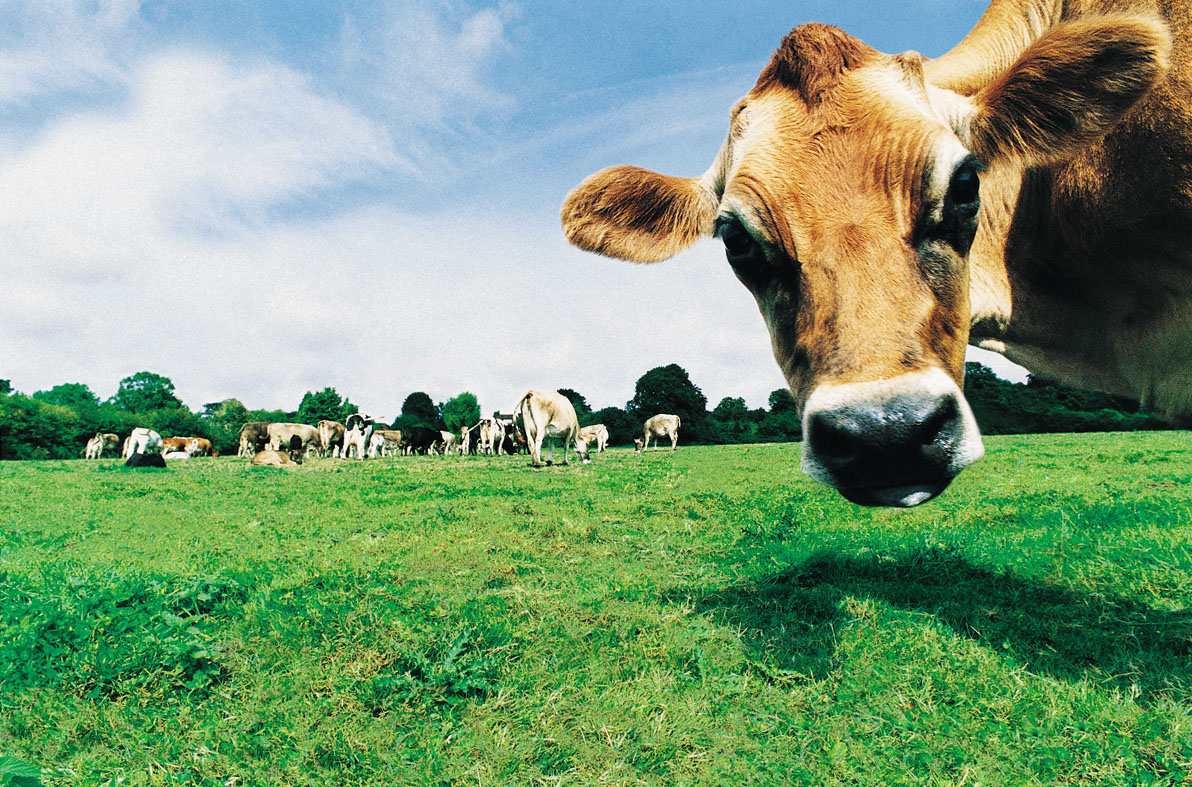Summer is upon us and it is never too early to ensure plans are in place to protect the herd. To be effective, preventative measures need to be in place before Pithomyces chartarum spores are detected.
For every clinical case of facial eczema you see, there will be at least 10 sub-clinically affected animals. Affected stock will fail to thrive, have reduced milk production, poor fertility, lose weight and possibly die.
We offer diagnostic testing to assist with monitoring facial eczema (FE) risk, to help minimise the incidence of disease, to check your management programme is working and to assess the damage caused by sporidesmin toxin from ingested spores.
Facial eczema, the hidden danger. It’s not what you see that you should be worried about!
Testing options:
· Spore counts (pasture and faeces)
· GGT concentration on individual serum samples
· Zinc concentration on serum, faecal or water samples.
Dairy NZ recommends testing serum zinc and GGT on 10 cattle from the herd, 3-6 weeks after the treatment starts.
Our FE Check panel is the perfect way to check for the unseen signs of liver damage, and to ensure zinc levels are adequate. Send us 10 red top tubes, tick the panel on the submission form or write FECHECK on your submission form and we’ll do the rest.
Monitoring local spore counts
With our online Lab-portal, you can submit your local spore counts to the national database. FE data is displayed in real-time in the Lab-portal, so you will be kept up-to-date with the latest local and national trends.
All veterinary clinics are able to register for a user account and we encourage you to do so. The more data that is received in the portal, the better the indication of risk in your region. Anyone can view results, and no user account or login is required.
See full details of how you can keep on top of facial eczema in the article located on our website here.

